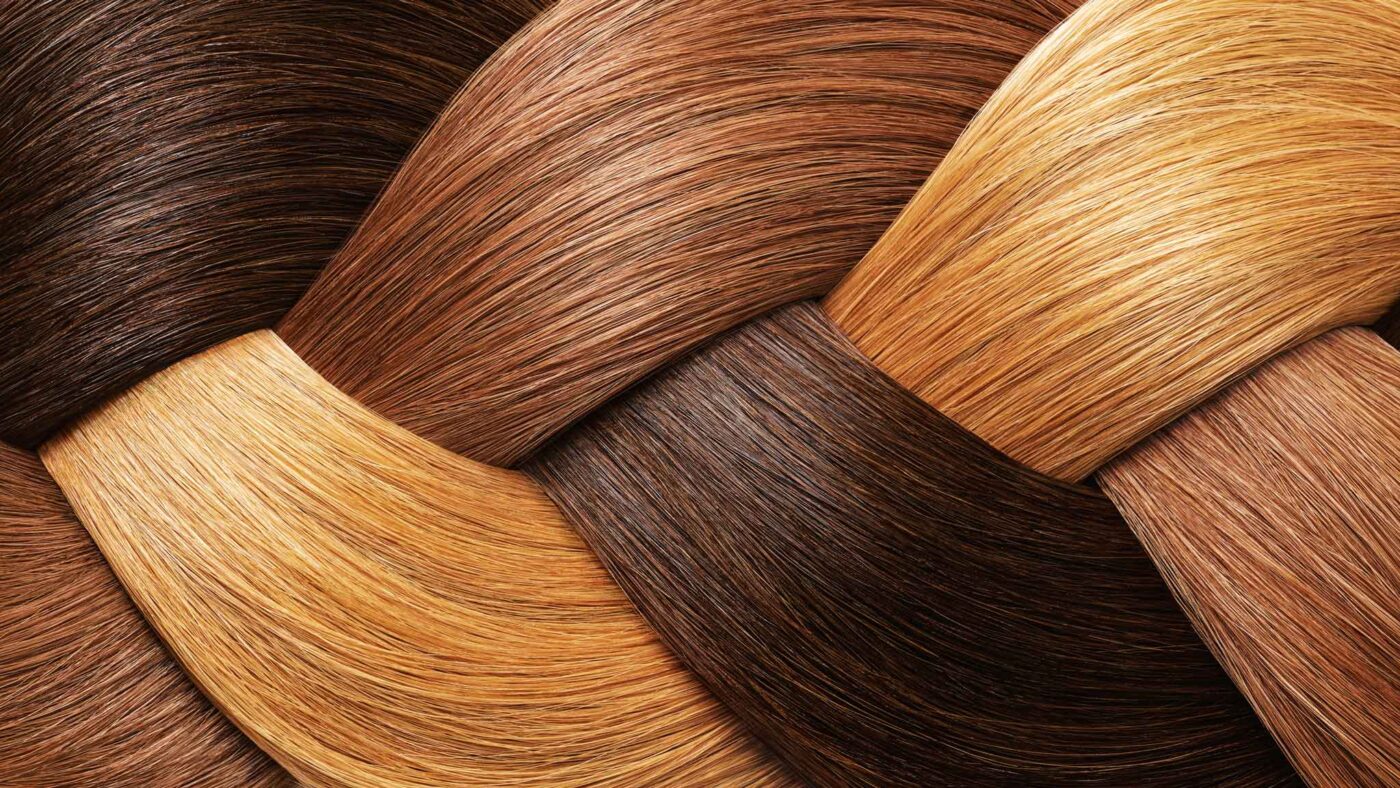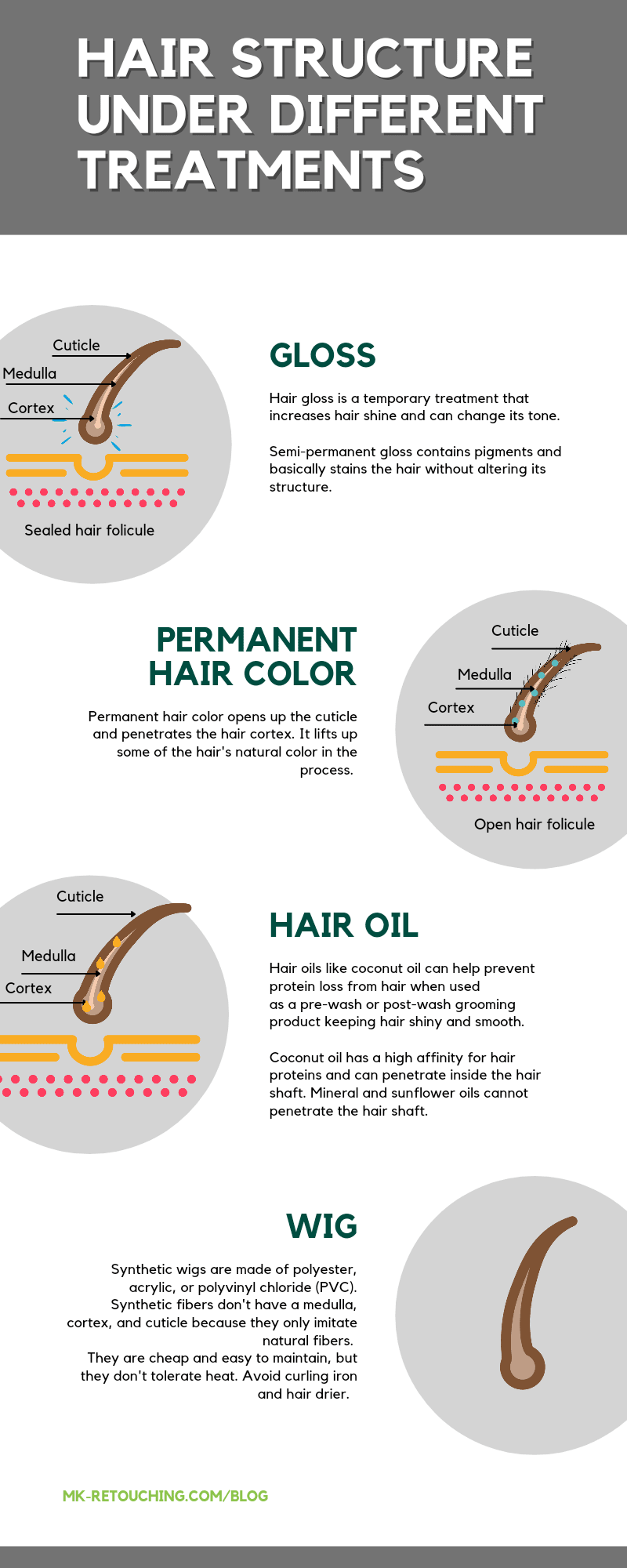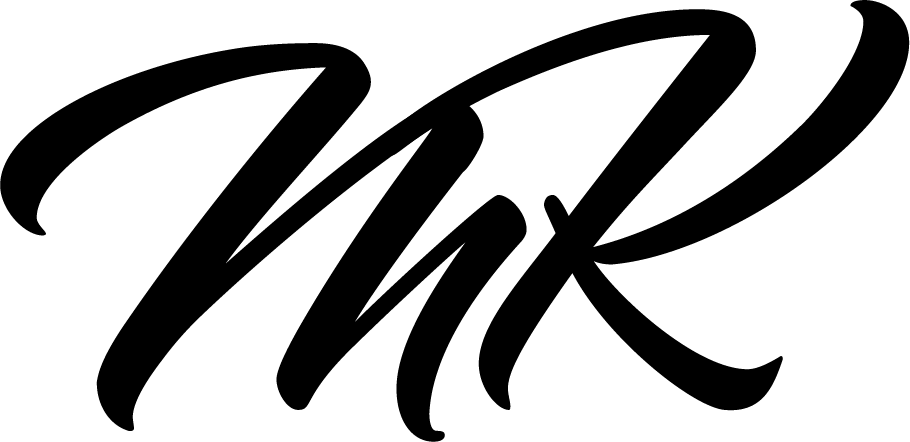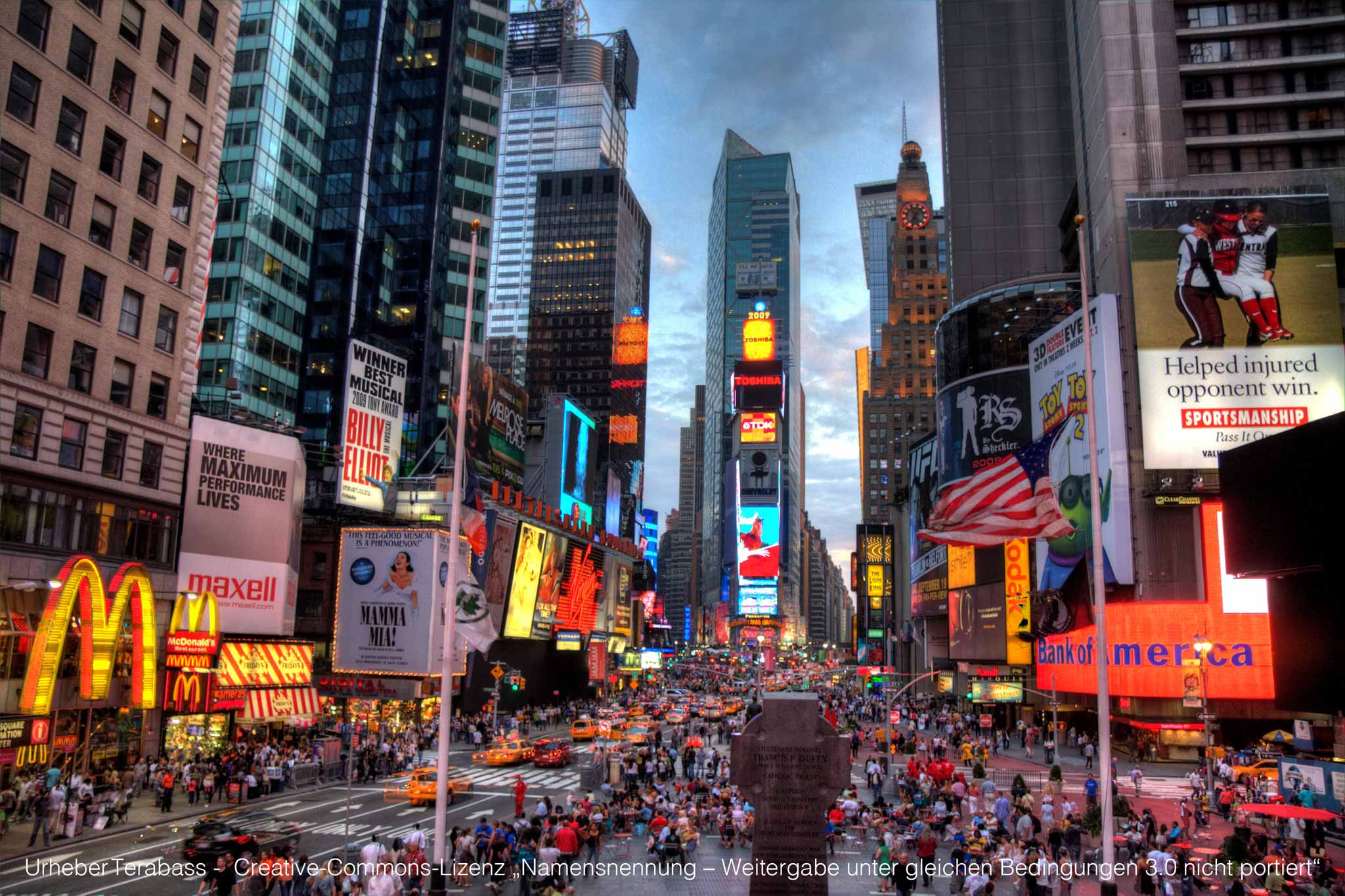
When professionally photographing, every little thing counts. Photography equipment itself and lighting play a vital role in this game. Nevertheless, let’s not forget how important it is to select the photoshoot subject carefully. Knowing where to go when photographing and understanding how different subjects behave under specific lighting conditions means knowing how much work you have ahead of editing. And when it comes to hair, it becomes especially important to guarantee smooth work.
Comprehending the basics of hair science can aid in understanding how variations in its structure are reflected in photography, allowing you to select the most suitable retouching tools and techniques for each situation.
Natural hair structure
Each hair follicle on our scalp produces a hair strand. Each of these follicles originates a hair bulb, an accumulation of molecules that will slowly grow into a hair strand. An adult has an average of 100,000 hair follicles on their head tirelessly working to give them a beautiful mane.
Hair is made of a protein named keratin, a molecule containing eighteen amino acids chemically connected. These molecules gather up, forming an alpha-helix structure, which gives hair strands elasticity.
Hair strand layers
Each hair strand has three distinct layers:
- cuticle
- cortex
- medulla
The cuticle is the outer layer of the hair fiber, and it is formed by translucent scales that overlap. You may ask yourself how it could be translucent if we clearly see color when looking at hair, but what happens is light reflects on the pigment located in a deeper layer of the strands, the cortex.
The cortex is what gives body to our hair. It is where deposits of moisture, nutrients, and color pigment are, and its structure and form determines how the hair looks. Having coarse, curly, wavy, or straight hair depends entirely on the hair follicle’s shape because that is the mold keratin molecules in the hair cortex will set into and gather as they grow into strands. Microscopically speaking, the flatter the hair shaft section is, the curlier hair will be, whereas straight hair presents itself as very round when you section across the hair fiber length.
The medulla is the innermost layer of the hair shaft and consists mainly of airspace. It can vary in form and proportion and is even inexistent in thinner or naturally blond hair.
Hair characteristics under different treatments
Other characteristics affect how hair responds to coloring, styling, and different processes. Texture, porosity, and elasticity are a few of them.
The production of hair strands’ diameter determines its texture, which varies from thick to fine based on genetic programming. The thicker the hair, the more difficult it is to be altered by any procedure, may it be hair coloring, treatments, and styling. Thinner hair goes in the opposite direction, being much faster and easier to color or absorb nutrients (although also more fragile and likely to be damaged).
The texture is also used to describe the shape of hair strands and how they behave, so you will probably see this term when discussing if the hair is coarse, curly, wavy, or straight, all related to how flat or round is the hair shaft.
Porosity of hair is directly connected to the position of hair cuticles and its ability to absorb liquid or other substances.
Porous hair has its cuticles open or lifted (just like overlapping panels of open window blinds), making the hair surface less smooth and prone to losing nutrients and more likely to absorb them when offered.

Elasticity refers to the ability of hair strands to return to their original shape after being stretched. Typically, healthy and dry hair can stretch up to 30% of its length when tensed, while wet hair can stretch even a bit further. This characteristic also gives hair movement and resilience to mechanical stress.
When hair has not gone through any process that modifies its basic structure, it is considered natural. There are numerous ways to alter that natural state, influencing how the hair looks and, consequently, how it photographs.
How tints affect hair structure
You can change the natural color of a hair strand using various techniques. How it affects hair structure depends on how and where that pigment is going to settle.
Tints (or semi-permanent hair dyes) are the least damaging way of coloring hair. This is because such products do not alter the hair cortex, as they only add color to the outer portion of the hair. Tints deposit larger pigment molecules to the hair strand cuticles, and these will wash off little by little until the color is mostly (or completely) gone.
Thus, tints are safer once they do not alter the base color of a hair strand, they only add a specific nuance or sheen to the hair, and the result is related mainly to how light or dark that base is. Also, the amount of pigment deposited on the hair cuticles depends on how porous the hair strand is: the more porous, the more pigment it will absorb.
Colored hair and what it looks like
When it comes to permanent hair color, things go a bit differently. Instead of just laying pigment on the hair cuticles, permanent coloring acts in the hair cortex, depositing much smaller pigment molecules and altering the hair’s natural color by permanently binding such molecules to the hair’s natural pigment through an oxidation process.
This process alters hair literally to its core, so the deposited pigment will not simply wash off. It may slightly fade out, but it will not be completely removed from the hair strand, unless some chemical procedure such as discoloration occurs.
This is potentially more damaging to the hair fiber if not done correctly. After coloring hair, it may lose movement and shine, but such issues can be remedied during retouching.
For maximal shine on camera, try these tips:
- Straightening the hair makes it look like a flat mirror, increasing the surface area to reflect the light.
- Using extensions to increase the surface area even more.
- Applying diffused fluorescent light from above.
Wigs and extensions
Hair can also be artificially placed. Wigs are an excellent alternative for anyone who has experienced hair loss or who is a bit bored and wants change without having to hardcore commit to a look for too long or any other specific purpose.

Human vs. synthetic wigs
There are differences between the materials used to make wigs and extensions: they can be made out of human hair or synthetic fibers, each having its characteristics.
Human hair collected from human donors feels softer and looks more natural in wigs and extensions. There a few types of natural fiber to choose from when selecting human hair for extensions and wigs, which are:
- Virgin hair: the most natural, has not undergone chemical procedures, is collected from the same donor, and is often healthier-looking, which makes it the most expensive;
- Remy hair: collected from more than one donor, strands in which cuticles are closed and aligned are selected among the rest and put together into a bundle that can purposefully turn into wigs or extensions;
- Non-remy hair: hair where cuticles are not as well aligned as in remy hair and can become frizzy soon. It is also said to be tangled much faster than the previously described ones.
How different wig materials affect photography
When choosing natural hair for wigs and extensions, we know that the strands are supposed to photograph and behave precisely how human hair does (because that is what it is). Hence, the difference to a full head of natural hair lies in how the wig cap is made and placed on the wearer.
There are all types of wigs, and often the most natural-looking ones are the 100% hand-tied, where each hair fiber is manually knotted into the cap. When it comes to having a natural-looking hairline, lace front wigs are the best. They have very fine lace material at the hairline, in which individual hair strands are carefully sewn. Combining both of these methods in a human hair wig is the best way to have an incredibly realistic hair experience.
Also, whether while photographing or editing, it is essential to remember that the combo of wig placement, seamless hairline, and hairstyling can make or break a photo, so focusing on such aspects can be pretty helpful and should not be neglected.
On the other side of the spectrum, synthetic hair has its specificities and characteristics. It is composed of plastic fibers that are industrially produced to look similar to natural hair. It can be styled using heat tools in moderate heat settings, as long as the synthetic fibers are of good quality. High temperatures can severely damage the wig’s fibers. Heat-friendly synthetic wigs can usually withstand up to 350 degrees Fahrenheit (175°C).
Synthetic Hair vs. Human Hair: What’s the Difference in Color?
You can find every type of extensions and wigs described above in synthetic hair as well, and there are high-quality artificial hair fiber options, so much so that most times it is hard to set them apart. However, a few visual details may give away the actual origin of the hair.
The main difference between natural and synthetic hair is color intensity, once synthetic hair can be directly produced in pretty much any color there is, and the brightness of the chosen shade is often unique and bold. On the other hand, human hair is a bit limited because it has to be custom colored, and that alone can damage the fibers, making it less likely to get to such bold and bright coloring results as one would achieve with synthetic hair.
Synthetic Hair vs. Human Hair: What’s the Difference in Styling?
Because of its material and how pigmented it can be, synthetic hair holds styling much better and often has a unique sheen to it, distinguishing it from natural human hair. Synthetic hair fibers made of acrylic are heated up to form individual hair fibers with a plastic appearance. More sophisticated synthetic wigs apply texture and are more similar to the natural hair. Manufacturers combine two or more polymers using heat or chemicals. For example, modacrylic synthetic hair contains two different polymers, vinyl chloride and acrylonitrile.
Synthetic Hair vs. Human Hair: What’s the Difference in Durability and Price?
Also, in terms of durability and price, a significant difference can be observed between these two types of hair material: synthetic hair tends not to last as long, and it is much cheaper than a human hair.

Another difference between the two is that synthetic hair will not react the same way as human hair washed and dried. Synthetic fibers hold on to their original shape even after going into the water because they are manufactured into a specific hairstyle. Still, human hair will not, which requires you to restyle it every time it is washed.
One tip to create a wet hair look for a photo shoot is to wet and hydrate the hair, comb it out, and spray water to keep it wet during the shooting. You can also create this look by washing it and applying a mixture of gel and cream before styling. Finalize with hair spray.
Both alternatives can look great, and, as mentioned, the quality of the material will determine how much retouching it will take to make photos look their best.
Hair types, editing, and retouching
Quality hair retouching might be complicated, but it is key to producing amazing photos, so knowing what hair looks like in different settings will guide your editing processes towards success.
Reducing distractions and digitally cleaning up hair is made much easier and intuitive when you get the hang of how the hair looks to become a less time-consuming task. Shaping the strands, filling up specific spots to add volume or consistency, eliminating frizz or fly aways, adjusting color should be a priority as much as skin retouching already is.
Now you are much more aware of how hair structure works and behaves. Keep in mind that while retouching, it is critical to emulate the natural aspects of human hair fiber and, in the case of extensions, check if the hair color, texture, and sheen are even throughout the strands. Also, remember to consider the hair type you are retouching, as it is essential to respect their structure and adjust tools and techniques to reach the best results. Not all hair looks the same (and, let us face it, that is precisely the beauty of it), but all hair can certainly look stunning if you know where to go with your expertise.
Do you have any suggestions, additions, is this post out of date, or have you found any mistakes? Then we look forward to reading your comments. You are welcome to share this post. We are very grateful for every recommendation. Do not hesitate to take a look at our previous work on hair retouching.



